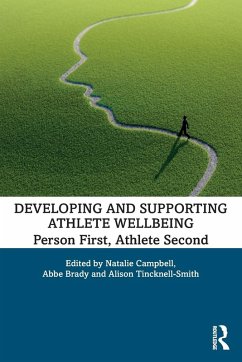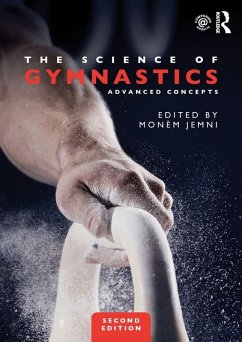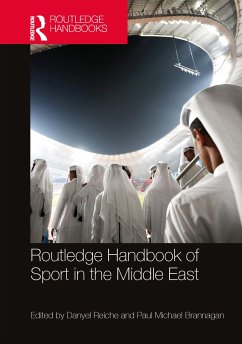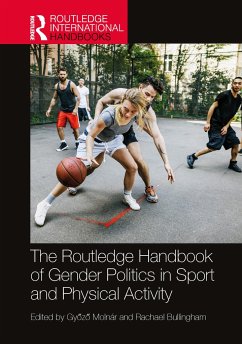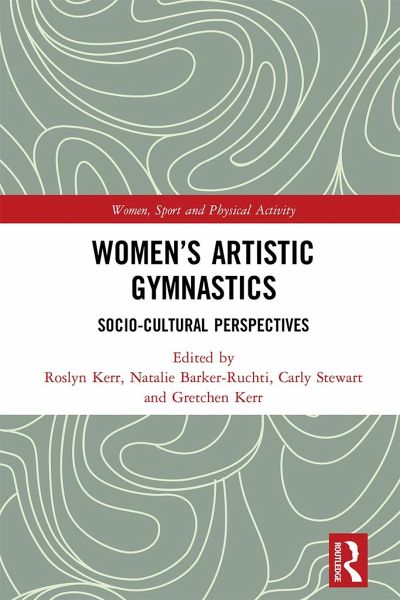
Women's Artistic Gymnastics
Socio-cultural Perspectives
Herausgegeben: Kerr, Roslyn; Barker-Ruchti, Natalie; Stewart, Carly; Kerr, Gretchen
Versandkostenfrei!
Versandfertig in 6-10 Tagen
45,99 €
inkl. MwSt.

PAYBACK Punkte
23 °P sammeln!
This book lifts the lid on the high pressured, complex world of women s artistic gymnastics. By adopting a socio-cultural lens incorporating historical, sociological and psychological perspectives, it takes the reader through the story and workings of women s artistic gymnastics.Beginning with its early history as a feminine appropriate sport, the book follows the sport through its transition to a modern sports form. Including global cases and innovative narrative methods, it explores the way gymnasts have experienced its intense challenges, the complexities of the coach-athlete relationship, ...
This book lifts the lid on the high pressured, complex world of women s artistic gymnastics. By adopting a socio-cultural lens incorporating historical, sociological and psychological perspectives, it takes the reader through the story and workings of women s artistic gymnastics.
Beginning with its early history as a feminine appropriate sport, the book follows the sport through its transition to a modern sports form. Including global cases and innovative narrative methods, it explores the way gymnasts have experienced its intense challenges, the complexities of the coach-athlete relationship, and how others involved in the sport, such as parents and medical personnel, have contributed to the reproduction of a highly demanding and potentially abusive sporting culture.
With the focus on a unique women s sport, the book is an important read for researchers and students studying sport sociology, sport coaching, and physical education, but it is also a valuable resource for anyone interested in the development of sporting talent.
Beginning with its early history as a feminine appropriate sport, the book follows the sport through its transition to a modern sports form. Including global cases and innovative narrative methods, it explores the way gymnasts have experienced its intense challenges, the complexities of the coach-athlete relationship, and how others involved in the sport, such as parents and medical personnel, have contributed to the reproduction of a highly demanding and potentially abusive sporting culture.
With the focus on a unique women s sport, the book is an important read for researchers and students studying sport sociology, sport coaching, and physical education, but it is also a valuable resource for anyone interested in the development of sporting talent.






